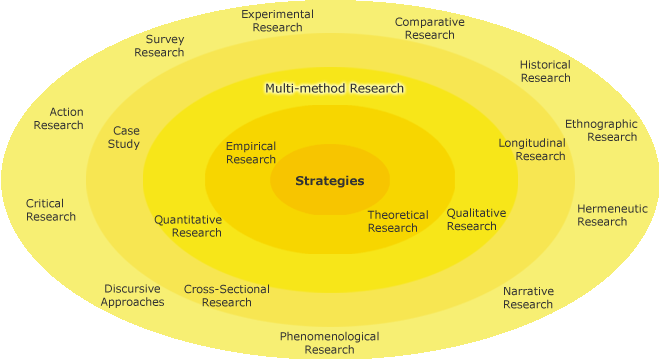Multi-method Research

You can analyse your chosen topic with several different methods of analysis of the same generic type, i.e. either qualitative or quantitative. This kind of research strategy is called multi-method research. If you use both qualitative and quantitative methods, that is mixed method research. If you apply just a single method of analysis to a research project, you may produce results giving only a limited understanding of a large phenomenon. You can adjust the research process by selecting several methods to analyse the chosen phenomenon. Multi-method analysis increases the possibilities of getting varied and extensive results.
You can use a mixture of qualitative and quantitative methods to analyse your data. This is a Mixed Method Analysis (a form of multi-method analysis).
Read more on multi-method research from the links below:
